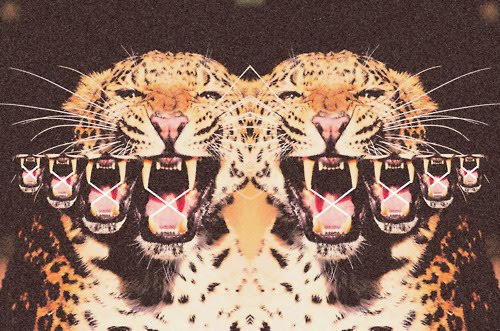John and Sunday Reed married in 1932 and two years later purchased the fifteen acre property on which Heide stands today, naming it ‘Heide’ after the nearby township of Heidelberg. They renovated the farmhouse in a French provincial style, transformed the former neglected dairy farm into gardens and informal parklands, and established a kitchen garden for what was to become a largely self-sustaining lifestyle.
Heide became a focal point for progressive art and culture as the Reeds opened their home to like-minded individuals such as artists Sidney Nolan, Albert Tucker, Joy Hester, John Perceval and Danila Vassilieff. Nolan, who lived at Heide intermittently for almost a decade, painted his celebrated Ned Kelly series in the dining room.
In the 1940s the Reeds joined with young Adelaide poet and editor, Max Harris to establish a publishing firm, Reed & Harris, most famous for its radical cultural journal Angry Penguins. The infamous Ern Malley hoax poems appeared in Angry Penguins in 1944, causing a literary scandal that made international headlines.
John and Sunday Reed were also actively involved in arts organisations that promoted avant-garde art. John was a founding member of the Contemporary Art Society in 1938, serving several terms as president. In the mid-1950s the Reeds established the Gallery of Contemporary Art as a venue for CAS exhibitions. In 1958, with the assistance of friend and entrepreneur Georges Mora, they re-launched the Gallery as the Museum of Modern Art of Australia, which operated from 1958 to 1966.
In 1950 the Reeds adopted Sweeney Hallam Tucker, son of artists Joy Hester and Albert Tucker. Sweeney went on to have a career as a poet, gallerist and artist. He and his wife Pamela lived in Heide I from 1968 to 1979, and had two sons, Mishka and Danila. Sweeney died in 1979.
In 1963 the Reeds commissioned architect David McGlashan to build a second, modernist home on the Heide site, a ‘gallery to be lived in’. Heide II became the Reeds’ home until 1980 when they sold most of their property and part of their art collection to the Victorian State Government.
The Reeds lived to see their vision fulfilled for Heide to become a public museum when Heide Park & Art Gallery opened in November 1981. They both died shortly afterwards in December 1981, ten days apart. John and Sunday made a significant contribution to Australian culture through their support of creative endeavours in the visual arts, literature, architecture, gardening and food culture. They are remembered as champions of modern art, music and literature and remain two of Australia's most important art benefactors.










No comments:
Post a Comment